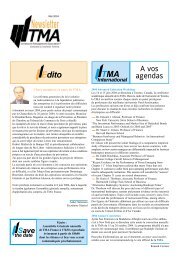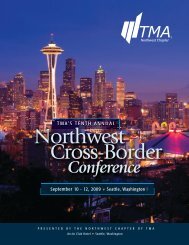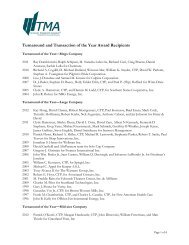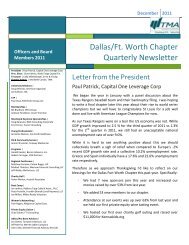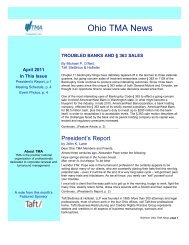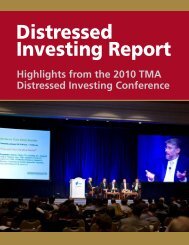marvel comics turnaround - Turnaround Management Association
marvel comics turnaround - Turnaround Management Association
marvel comics turnaround - Turnaround Management Association
Create successful ePaper yourself
Turn your PDF publications into a flip-book with our unique Google optimized e-Paper software.
Marvel Comics <strong>Turnaround</strong> Team 2<br />
costs, which instead only worked to distract Marvel from producing quality product. Third, in a fit<br />
of denial, Perelman blamed languishing sales on distributors of Marvel <strong>comics</strong>, and took several<br />
actions which hurt both the distributors and the retailers. And fourth, Perelman showed incredibly<br />
poor judgment in embarking on a series of ill-timed acquisitions aimed at building Marvel into an<br />
entertainment empire- but which only further distracted the company and eroded the balance sheet.<br />
We examine each of these causes in greater detail:<br />
Increasing Comic Book Prices and Proliferating Titles<br />
Over the years, collecting comic books became a lucrative hobby, as the scarcity of some<br />
old issues drove their market values into the thousands of dollars. Under Perelman, Marvel hoped<br />
to capitalize on the speculative frenzy of collectors by increasing the number of monthly titles<br />
from 45 to some 140 3 and dramatically increasing prices over time from $1.25 cents to $2.25-<br />
$4.00 4 per comic book (The previous owner of Marvel had raised prices from around $0.65 to<br />
$1.00 in the three years before selling to Perelman) 5 . As a result, expensive and poorly written and<br />
illustrated <strong>comics</strong> flooded the market. Other tactics, inspired by Marvel and imitated by others,<br />
included premium <strong>comics</strong> and gimmicky covers in an effort to price differentiate. These included<br />
die-cuts (stiffer cardboard embossed with flashy, 3-D images), holograms, and other ways to make<br />
the cover more impressive. One publisher went so far as to issue a comic with 13 different<br />
covers. 6 Comics were also sealed in bags with trading cards and other giveaways, or were pre-<br />
autographed by the writers/illustrators. Over the short term, this proliferation and price<br />
differentiation strategy was a financial success, as Marvel’s stock price peaked in November 1994<br />
at $34.25 per share. However the prosperity didn’t last long, as disappointed collectors learned the<br />
3 “Wanted: Superhero” by Kemp Powers, Forbes Magazine, 11.12.01<br />
4 Ibid<br />
5 “How Ronald O. Perelman Caused Harm to the Comics Industry” By Chuck Rozanski:<br />
http://www.milehigh<strong>comics</strong>.com/tales/cbg37.html<br />
6 “Gimmicks and Covers” By Tom Zjaba: http://www.tomheroes.com/justnewsprint/justnews20.htm<br />
5




